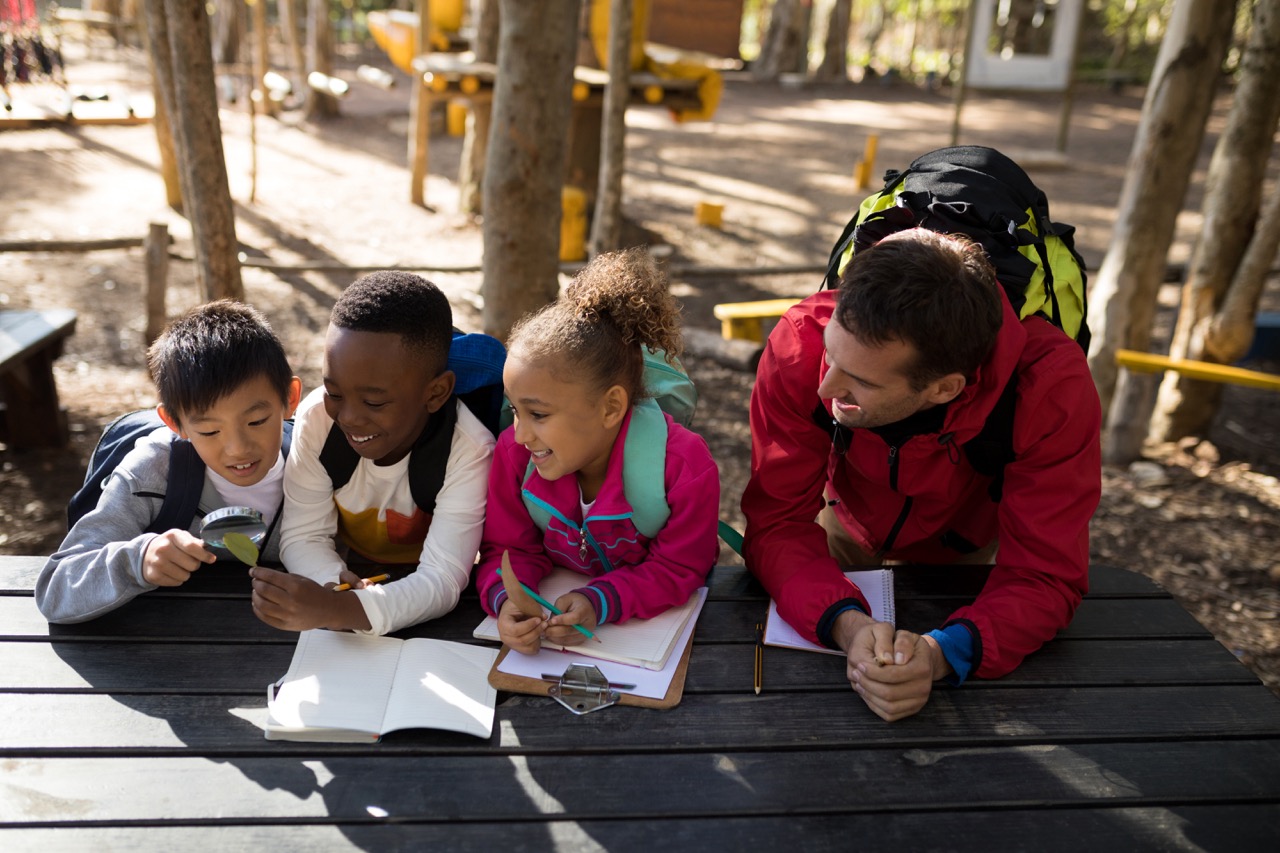Storytelling has long been recognized as a powerful tool in education, serving not only to entertain but also to inform, inspire, and engage learners of all ages. For parents and teachers, mastering the art of storytelling can transform mundane lessons into vibrant narratives that resonate with children. This article explores effective storytelling techniques that can enhance the educational experience, fostering deeper connections and curiosity among young minds.
Unlocking the Power of Storytelling in Education
Storytelling is more than just a means of entertainment; it is a fundamental way through which humans have shared knowledge and culture for thousands of years. In the educational context, stories can help children grasp complex concepts by presenting them in relatable and memorable contexts. When lessons are wrapped in narrative form, students are more likely to remain engaged and retain information over time.
The process of storytelling taps into various cognitive abilities, including imagination, memory, and critical thinking. As children listen to or create stories, they activate different areas of their brains, making learning a multi-sensory experience. Additionally, storytelling encourages empathy by providing perspectives on diverse experiences and cultures, preparing children for a socially connected world.
Beyond fostering cognitive engagement, storytelling in education helps build a supportive learning environment. When teachers and parents share stories, they can create a sense of safety and belonging, allowing children to express themselves freely and explore their interests in a nurturing setting. This emotional connection lays the groundwork for lifelong learning and curiosity.
Engaging Young Minds: The Art of Narrative Crafting
Narrative crafting involves weaving together characters, settings, plots, and conflicts to create compelling stories that capture the attention of young minds. For parents and teachers, this process begins with understanding the interests and experiences of the children they are engaging. Tailoring stories to reflect their realities not only makes the narrative relatable but also invites children to invest their attention and imagination fully.
One effective way to craft engaging narratives is to incorporate familiar scenarios into the stories. Using everyday situations can help children see themselves in the narrative, fostering a personal connection. For instance, weaving a tale around a school day or a family outing can make the story accessible and relevant, allowing children to draw parallels between the narrative and their own lives.
Additionally, utilizing interactive storytelling techniques can further enhance engagement. Asking children questions during the narrative, encouraging them to predict outcomes, or inviting them to contribute ideas can transform a passive experience into an active one. This participation promotes critical thinking, as children consider various perspectives and outcomes within the story.
Techniques to Captivate: Building a Story Arc Together
Creating a compelling story arc is essential in captivating young audiences, and this can be achieved collaboratively. The classic structure of a story arc involves an introduction, rising action, climax, falling action, and resolution. Parents and teachers can involve children in this process by brainstorming ideas together, allowing them to contribute to the development of the plot and characters.
To foster collaboration, educators and parents can initiate storytelling workshops where children can express their ideas freely. By encouraging them to define the central conflict and resolution, they cultivate problem-solving skills and creativity. Crafting characters that children can relate to or aspire to be can also enhance their emotional investment in the story.
Additionally, breaking down the story arc into manageable segments can help children grasp the progression of the narrative. Each session can focus on a different part of the arc, allowing children to explore various elements of storytelling while building anticipation for the next installment. This structured approach keeps children engaged and eager to participate in the storytelling process.
Fostering Imagination: Using Visual Aids and Props
Visual aids and props can significantly enhance storytelling by providing concrete representations of abstract ideas. By incorporating images, illustrations, or physical objects, parents and teachers can stimulate children’s imaginations and deepen their understanding of the narrative. For instance, using puppets or hand-drawn illustrations can bring characters to life, making the story more captivating and relatable.
Incorporating technology into storytelling can also be a powerful tool. Digital illustrations, animations, and videos can add a dynamic element to storytelling, appealing to children’s natural affinity for visuals. Teachers and parents can create interactive presentations or multimedia stories that engage children’s senses and enhance the narrative experience.
Moreover, encouraging children to create their own visual aids fosters creativity and helps them take ownership of the narrative. When children draw their own illustrations or use props to act out a story, they explore different facets of creativity while reinforcing their understanding of the narrative structure. This hands-on approach not only makes storytelling more engaging but also nurtures a love for creative expression.
Creating Emotional Connections Through Relatable Themes
Emotional connections are fundamental to effective storytelling, especially in educational contexts. When narratives revolve around relatable themes, children can see themselves in the characters and situations, creating a bond that enhances engagement. Themes such as friendship, family, overcoming challenges, and self-discovery resonate deeply with young audiences, making the learning experience more impactful.
Parents and teachers can draw upon their own experiences and the experiences of their students when selecting themes for storytelling. Sharing personal anecdotes or real-life stories can foster an atmosphere of trust and openness, allowing children to express their thoughts and feelings in response to the narrative. This vulnerability can lead to meaningful discussions about values, ethics, and social issues, enriching the learning experience.
Moreover, exploring emotions through storytelling can help children develop emotional intelligence. By identifying and discussing emotions experienced by characters, children can learn to recognize their own feelings and those of others. This understanding is crucial for navigating social interactions and building healthy relationships, preparing children for success in their personal and academic lives.
Encouraging Participation: Making Stories a Shared Journey
Storytelling should be a collaborative experience, and encouraging participation is key to achieving this goal. By inviting children to contribute to the narrative, parents and teachers can foster a sense of ownership and responsibility. This can be achieved through various techniques, such as asking open-ended questions, encouraging them to suggest plot twists, or allowing them to create their own endings.
Incorporating role-playing can also enhance participation. Children can take on the roles of different characters, acting out scenes and dialogues. This not only makes the storytelling process more dynamic but also encourages children to step into the shoes of others, fostering empathy and understanding. Role-playing can be particularly effective in teaching moral lessons or conflict resolution skills.
Lastly, creating a community around storytelling can amplify the shared journey experience. Organizing storytelling circles or playdates where children gather to share their narratives can foster camaraderie and collaboration. This communal approach not only enhances the storytelling experience but also strengthens social bonds, creating lasting memories and friendships.
Storytelling is an invaluable tool in the educational landscape, offering parents and teachers a unique pathway to engage young minds and foster emotional connections. By mastering various storytelling techniques—such as narrative crafting, utilizing visual aids, and encouraging participation—adults can create rich, immersive experiences that resonate deeply with children. Ultimately, the stories we tell can inspire curiosity, creativity, and a lifelong love for learning, enriching both the educational journey and the development of young individuals.










